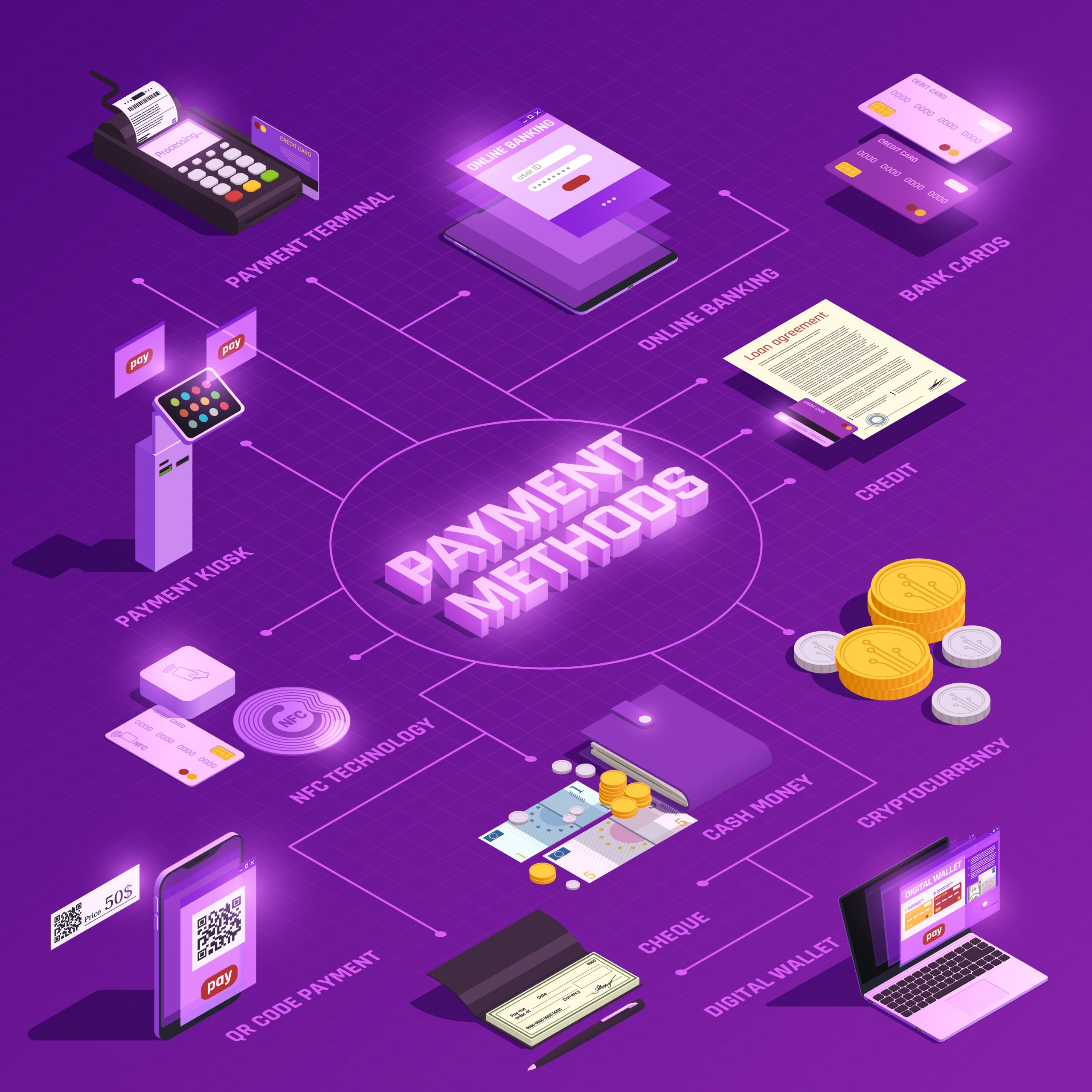Every lead represents a promising opportunity for long-term customer engagement. But how can this gap be filled between initial engagement and a successful sale? Look, efficient lead management is critical for driving sales success, and Salesforce holds the potential to streamline this process. Automating lead conversion in Salesforce helps businesses save time, reduce manual errors, and ensure consistency in their sales pipelines. This blog explores the concepts of automatic lead conversion into Accounts, Contacts & Opportunities in Salesforce. Let’s look at it in detail to help you understand better.
What is Lead Conversion in Salesforce?
Lead conversion in Salesforce refers to transforming a lead into an Account, Contact, or Opportunity. Leads are potential customers who have shown interest but haven’t yet been qualified. Once converted, they become part of the sales pipeline as Accounts (business entities), contacts (individuals), and Opportunities (potential deals).
Salesforce automates this process by transferring lead data into the corresponding Accounts, Contacts, and Opportunities fields. This system ensures that essential information is mapped correctly, reducing manual data entry and enhancing data consistency.
Key Benefits of Automating Lead Conversion
From minimizing record duplication to improving time efficiency, automatic lead conversion offers several benefits. Let’s look at them below:
- Efficiency: The Automatic lead conversion process eliminates manual tasks, resulting in time and enabling sales teams to focus on more valuable activities. For instance, they can focus more on closing deals rather than spending time on admin tasks.
- Consistency: Automation ensures uniformity in the lead conversion process. It amplifies the sales process. This means everyone follows the same process without any discrimination, leading to a seamless workflow.
- Data Accuracy: To minimize human errors, automation ensures consistent mapping of data fields during conversion. It verifies that all lead conversions are accurate (less guesswork) based on predefined criteria.
- Timely Engagement: Automation quickly converts high-potential leads, resulting in maximum ROI (Return on Investment) and customer satisfaction.
- Lead Management: Automation streamlines lead management and the conversion process. It results in better sales outcomes and a more effective team.
- Opportunity Assignment (Q-assign): New leads are quickly assigned to the most appropriate sales teams using Q-assign. It ensures timely engagement and effective follow-up without compromising any leads.
Key Components of Lead Conversion Automation in Salesforce
Salesforce provides several features and functionalities to optimize your sales operation. It supports the lead conversion process instead of using one specialized “tool” for the task. Let’s look at the key components of lead conversion in Salesforce:
- Custom Fields: Custom fields allow businesses to capture specific data during the sales conversion process. These fields enable you to customize your lead and opportunity records to get the most relevant information that fits your needs.
- Validation Rules: Data accuracy is the most crucial component for sales operations, and validation rules ensure that only accurate and complete data is converted. For example, fields like email addresses or company names must meet specific criteria before conversion.
- Data Mapping: Salesforce maps standard and custom lead fields to corresponding fields in Accounts, Contacts, and Opportunities. This ensures that no critical information is lost during the transition. It minimizes manual data entry and enhances data consistency.
- Workflows & Process Builder: Automation tools like workflow and process builder can automate repetitive tasks like assigning leads to sales teams based on territory or expertise. You can also create follow-up tasks and minimize errors during and after the conversion process.
- Lead Matching Logic: Using logic such as email domains or company names helps match leads to existing Accounts accurately.
- Reporting and Analytics: Salesforce provides reporting and analytics tools to gain valuable insights into the lead conversion process. These insights can help you track essential metrics such as lead conversion rate, source performance, and more. Analyzing these insights can help you determine which lead performance or qualification is the most successful.
Steps for Automating Lead Conversion in Salesforce
Automating lead conversions in Salesforce can be quite useful to help streamline business operations. Here are the steps for automating lead conversion in Salesforce:
Step 1: Match Leads to Existing Accounts
Start by associating leads with existing accounts using predefined logic such as email domains or company names. This reduces duplication and ensures accurate linkage. For instance, a list with an email domain matching an existing account is automatically linked to that Account during conversion.
Step 2: Define Auto-Conversion Rules
Set clear criteria for automatic conversion based on lead attributes or Account types. These rules help determine when a lead qualifies for conversion without manual intervention. For instance, leads with high scores or those marked as “Interested” can be auto-converted into Contacts under specific accounts.
Step 3: Automate Lead Conversion Using Salesforce Tools
Use Salesforce automation tools like Apex triggers, Process Builder, or Flow to execute the conversion process. These tools allow you to automate field mapping and initiate conversions based on predefined triggers. For instance, when a lead’s status changes to “Qualified,” Salesforce automatically converts it into a Contact under the matched Account.
Let’s look at some of the challenges in automatic lead conversion that can affect results.
Challenges in Automating Lead Conversion
While the automatic lead conversion process is simple, it comes with some challenges:
- Duplicate Records: One of the most prevalent challenges of automatic lead conversion is the duplication of records. It may create duplicate Accounts or Contacts. Therefore, you should ensure that leads don’t create such duplication by using robust matching logic.
- Unmatched Leads: Another challenge is unmatched leads. When no matching account exists, businesses must decide whether to create new accounts or use placeholders for unmatched records.
- Customization Needs: Sales reps usually swim in large amounts of data, making it daunting to find which leads are the best for conversion. Therefore, tailored solutions using custom fields and workflows are necessary to match the unique requirements of every business.
Tools for Automating Lead Conversion
Salesforce, the leading CRM platform, offers several tools for automation lead conversion into Accounts, Contacts & Opportunities. Below are some of the tools for automatic lead conversion:
1. Salesforce Process Builder and Flow
Salesforce Process Builder and Flow are powerful native tools for automating lead conversion. Process Builder allows you to create workflows triggered by specific conditions, while Flow enables more advanced automation with visual drag-and-drop functionality.
Automatically convert leads into Accounts and Contacts when certain conditions (e.g., lead score or industry) are met. These tools are ideal for businesses seeking customizable automation without external integrations.
2. Apex Code for Advanced Automation
For complex scenarios, Salesforce developers can use Apex code to automate lead conversion. The Database.convertLead method is particularly useful for programmatically converting leads. They execute custom logic before or after conversion, handle mass conversion, and integrate with other systems. Although Apex code provides flexibility, it requires technical expertise to implement effectively.
You can automate lead conversion for large datasets or implement unique business rules during the process.
3. Third-Party Tools for Enhanced Automation
Several third-party tools integrate with Salesforce to enhance lead automation. These include Cloudingo to facilitate mass lead, LeadData for advanced routing, and Bardeen AI to automate repetitive tasks. These tools have outstanding key features such as advanced deduplication, predictive matching, and seamless integration. Ideal for businesses handling high volumes of leads or requiring complex matching algorithms.
4. AI-Powered Lead Scoring
Salesforce Einstein AI enables predictive lead scoring based on historical data and engagement patterns. This helps prioritize high-potential leads for automatic conversion. It analyzes past integration, assigns scores based on the likelihood of conversion, and triggers automated workflows. Einstein AI is particularly useful for data-driven organizations aiming to optimize lead management.
Wrapping Up
In a nutshell, automating lead conversion in Salesforce streamlines the process from prospecting to closing deals by transforming leads into Accounts, Contacts, and Opportunities effectively. Simply, by leveraging Salesforce’s automation tools, businesses can save time, ensure consistent data quality, and enhance their overall sales workflow. Ensuring lead conversion based on predefined criteria and quickly assigning it to the most responsive sales teams using Q-assign, a business can maximize its conversion rates. Looking to optimize your lead conversion process? Contact Streams Solutions today to discuss your requirements and schedule a demo.





